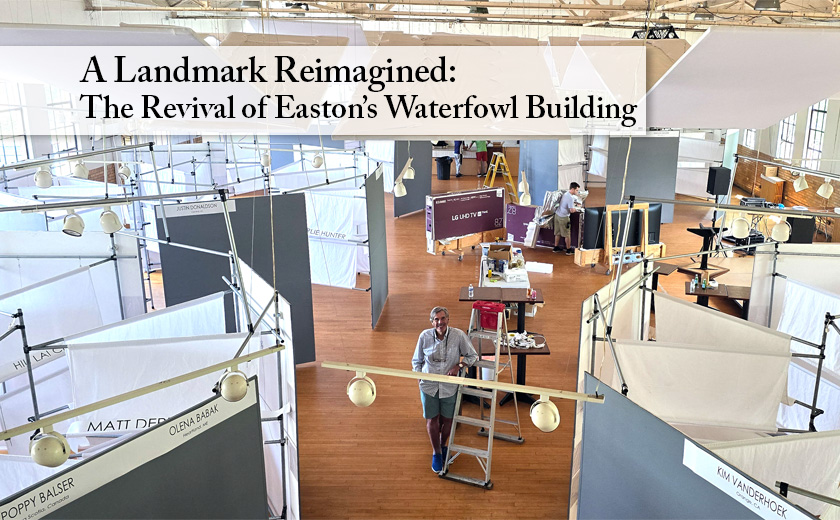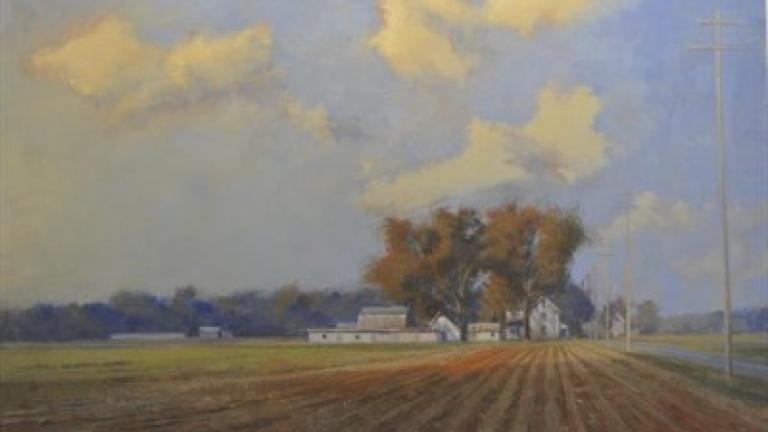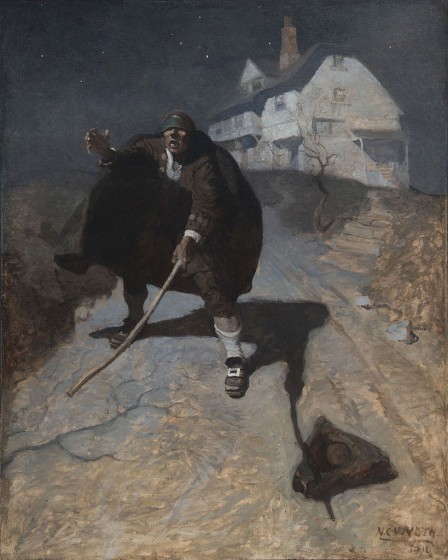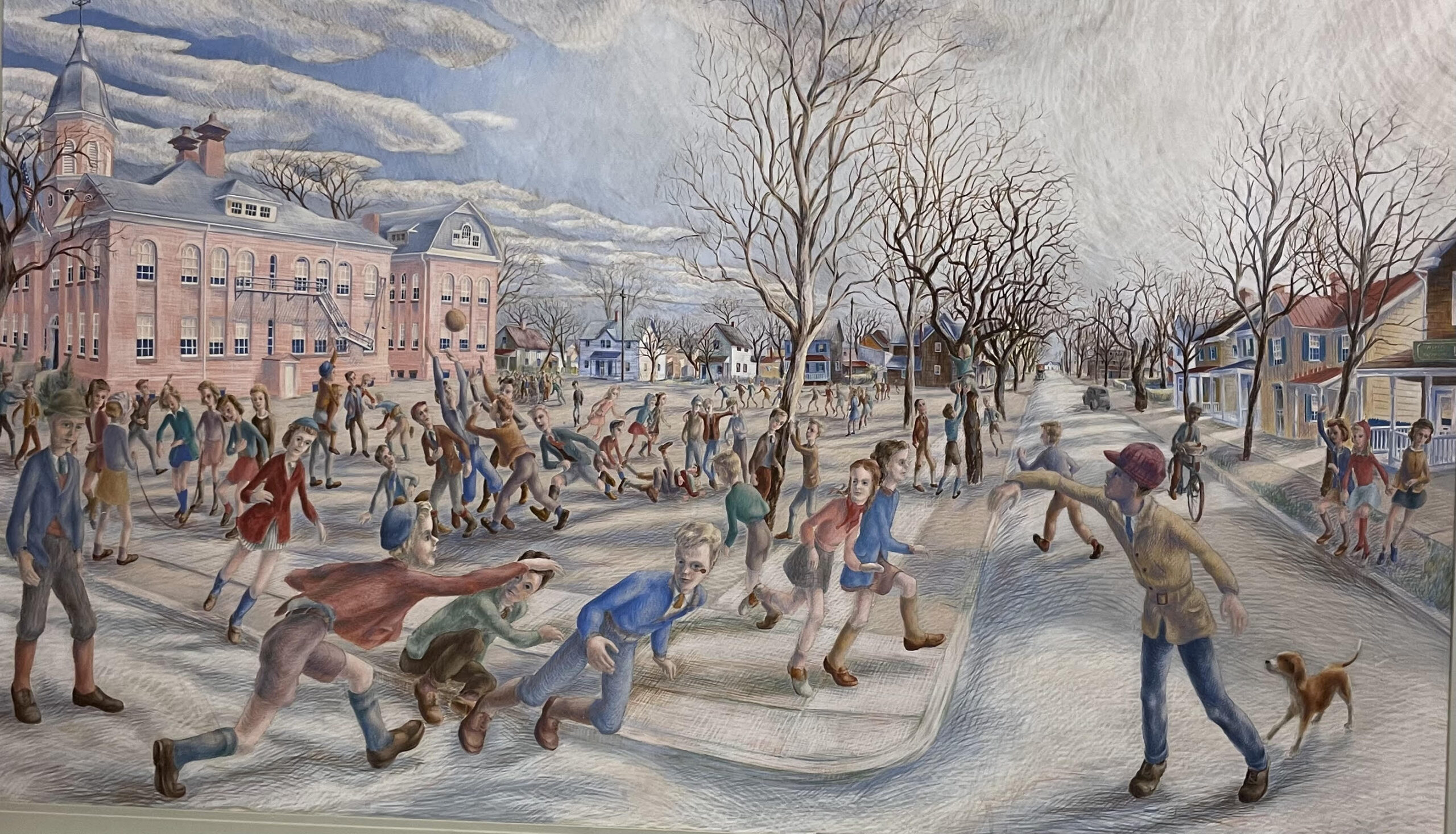
Standing in front of the Waterfowl Building this past weekend started me thinking about how interesting it is to watch history evolve, listen for echoes of the past, and wonder about future possibilities. After all, this is an Easton landmark—the big castle-looking thing with the geese sculpture. Many still refer to it as ‘The Armory’ due to its prior life as the local home of the Maryland National Guard. However, in 1997, the building was transferred to the Waterfowl Festival and became the Waterfowl Building. Built in 1927, this sturdy structure is almost 100 years old, yet very little has changed. And that’s the problem—very little has changed. While some renovations have been done over the years, it is only now that the efforts have genuinely taken off. Thanks to the Waterfowl Festival’s leadership and local community support, its longevity just might have been extended.
“The building has been the center of the community for nearly a century,” said Tony Kern, Vice President of the Waterfowl Festival Board. “It’s hosted everything from the Delmarva Poultry Show and boxing matches in the 30s and 40s to community fundraisers and jazz festivals. It’s a place rich with history.” It also hosted basketball games, a driver’s license academy, and a President. On his campaign trail, John F. Kennedy stopped by many, many years ago.
“The stories we’ve unearthed are incredible,” said Deena Kilmon, Executive Director of the Waterfowl Festival. Once a National Guard storage area, the basement has long been dubbed ‘the morgue’ due to its eerie collection of old equipment storage lockers. There is even an old shooting range. All these rooms are currently being used as storage, with volunteers helping to inventory and clear them out.
“We’re becoming a museum of sorts, a repository of all those memories,” said Kilmon. “We’re pulling them up from the basement, seeing what it was like in the past. We’re finding things all over the place and in historical records throughout town, and we hope to be a big part of the Maryland 250 experience (an initiative to celebrate Maryland’s contribution to America as part of the observance of America’s 250th anniversary).”
 Another fascinating aspect of the building’s history involves its role as a venue for African American basketball teams during a time when such opportunities were limited. “Traditionally, African American basketball teams had limited places to play, and the armory was one of those places,” said Kilmon. “We’re unearthing this history and discovering how the armory provided space. It was free; everyone could play here. Everyone was welcome.”
Another fascinating aspect of the building’s history involves its role as a venue for African American basketball teams during a time when such opportunities were limited. “Traditionally, African American basketball teams had limited places to play, and the armory was one of those places,” said Kilmon. “We’re unearthing this history and discovering how the armory provided space. It was free; everyone could play here. Everyone was welcome.”
Kilmon is happy to continue putting out the welcome mat. The building is currently being used as a fundraiser for various organizations, a gallery space for Plein Air, Academy Art Museum, and Avalon Theater, and rehearsal space for TAP and Easton Improv. “It’s an amazing building,” she said.
This is why bringing buildings into the modern age is so important. But, renovating a building of such historical significance comes with its own challenges and requirements. “The building is covered by the Maryland Historic Trust,” Kern said. “This means we must restore it piece by piece, adhering to strict guidelines to maintain its historic integrity.” Guidelines, which include everything from the materials used to specific construction methods, a detailed process requiring much collaboration and patience.
One of the first major projects just completed was the replacement of the deteriorated windows, which involved sourcing historically accurate materials and working with specialized craftsmen to recreate the original design. “The windows were 100 years old, with steel frames that had completely rusted,” said Kern.
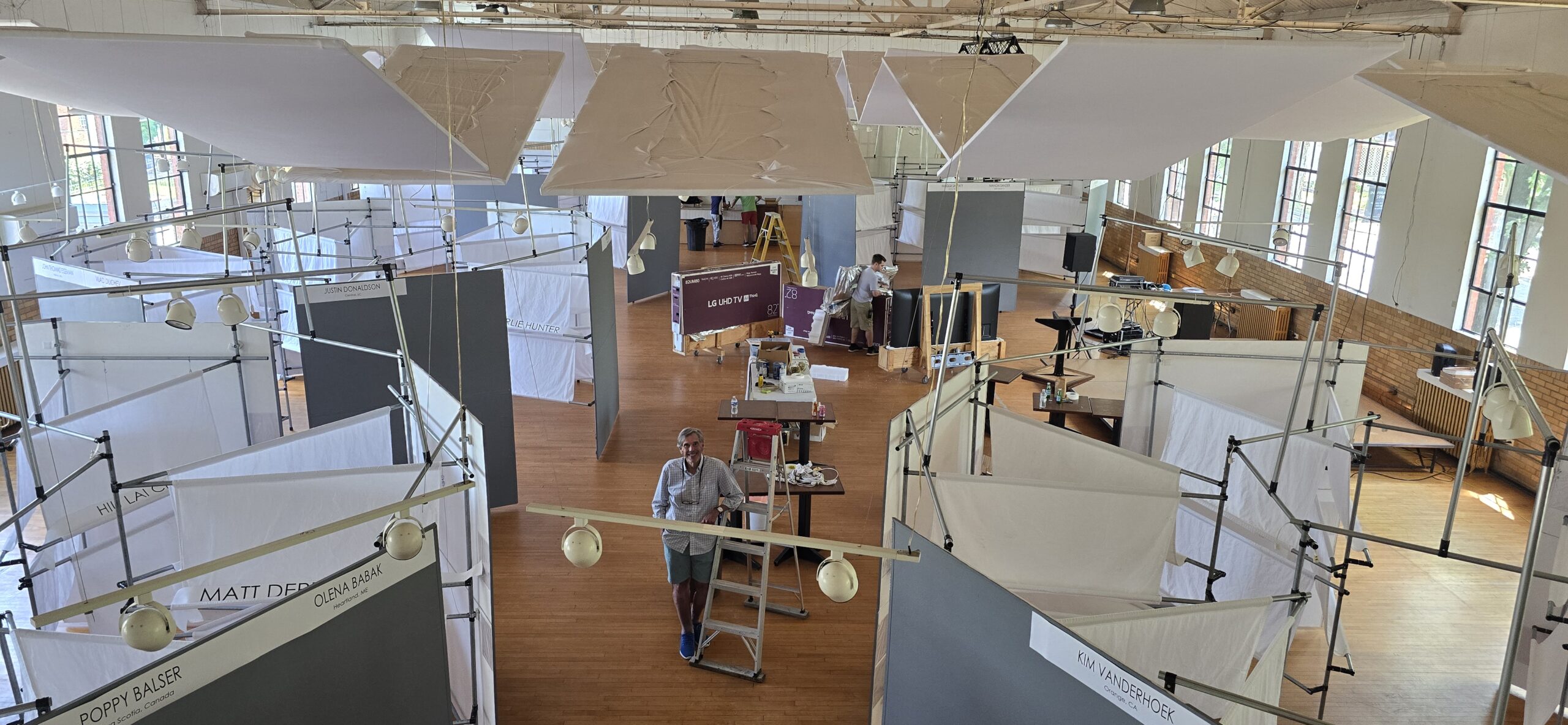
Tony Kern at the Waterfowl Building
The window renovations took approximately four years, requiring an initial engineering study. For that, they were able to get some assistance. “Preservation Maryland has a program called ‘Six to Fix,’” said Kern, “And this building was chosen as one of the six that had to be fixed because of its location and prominence. So they provide some free engineering.” Windows were rebuilt off-site, thermal panes were added, and then they were reinstalled. “The Maryland Historic Trust helped fund that, and we also put some money and time into it. The windows are a big thing, and now they’re as beautiful and functional as ever,” he said.
In addition to the window restoration and the removal of some very old carpeting, the building has seen several modern upgrades. “We’ve air-conditioned large parts of the building, especially the office spaces. Previously, we had window units sticking out everywhere,” Kern noted. “Our goal is to make the building more usable and comfortable for the community.”
A project both Kern and Kilmon are excited about is the restoration of the stage, a historical significance that cannot be overstated. In its heyday, it was a central venue for local theater productions, musical performances, and community gatherings. “We’ve found old programs and posters that show the diverse range of events that took place here,” Kilmon said. “Reopening the stage will revive these traditions and provide a platform for new ones.”
It is this combination of old and new that excites Kern. “Our mission of conservation and community aligns perfectly with the restoration of this building,” he said. Kilmon mentioned that people are very interested in what’s going on. “They are constantly coming in,” she said, “sharing memories and expressing their appreciation for the building’s revitalization. They come in and remember, ‘We used to do dances here,’ or ‘It was so beautiful inside.’ It’s amazing to see how much this building still means to the community.”
While significant progress has been made, work still needs to be done. “The roof is our next big project,” Kern said. “We’ve had some leaks, and fixing the roof is essential before we can move on to other interior renovations.” But it’s a project that the group of people sitting on the Board is willing to pursue. “This used to be nothing more than a smelly old building,” said Kern. “But as things get done, you’ll start to see the beauty of it. And the more we talk about the building, the more people want to use the building. We just need to make it more usable and make it a central part of our community again.”
It’s funny how a building can be such a big deal, right? As I walked away, I knew one thing was for sure – there was still plenty of life in this ‘big castle-looking thing with the geese sculpture,’ and you just have to wonder what stories these new walls will tell in the next hundred years.
To find out more about using the space, or to volunteer, or donate, go to: https://waterfowlfestival.org
